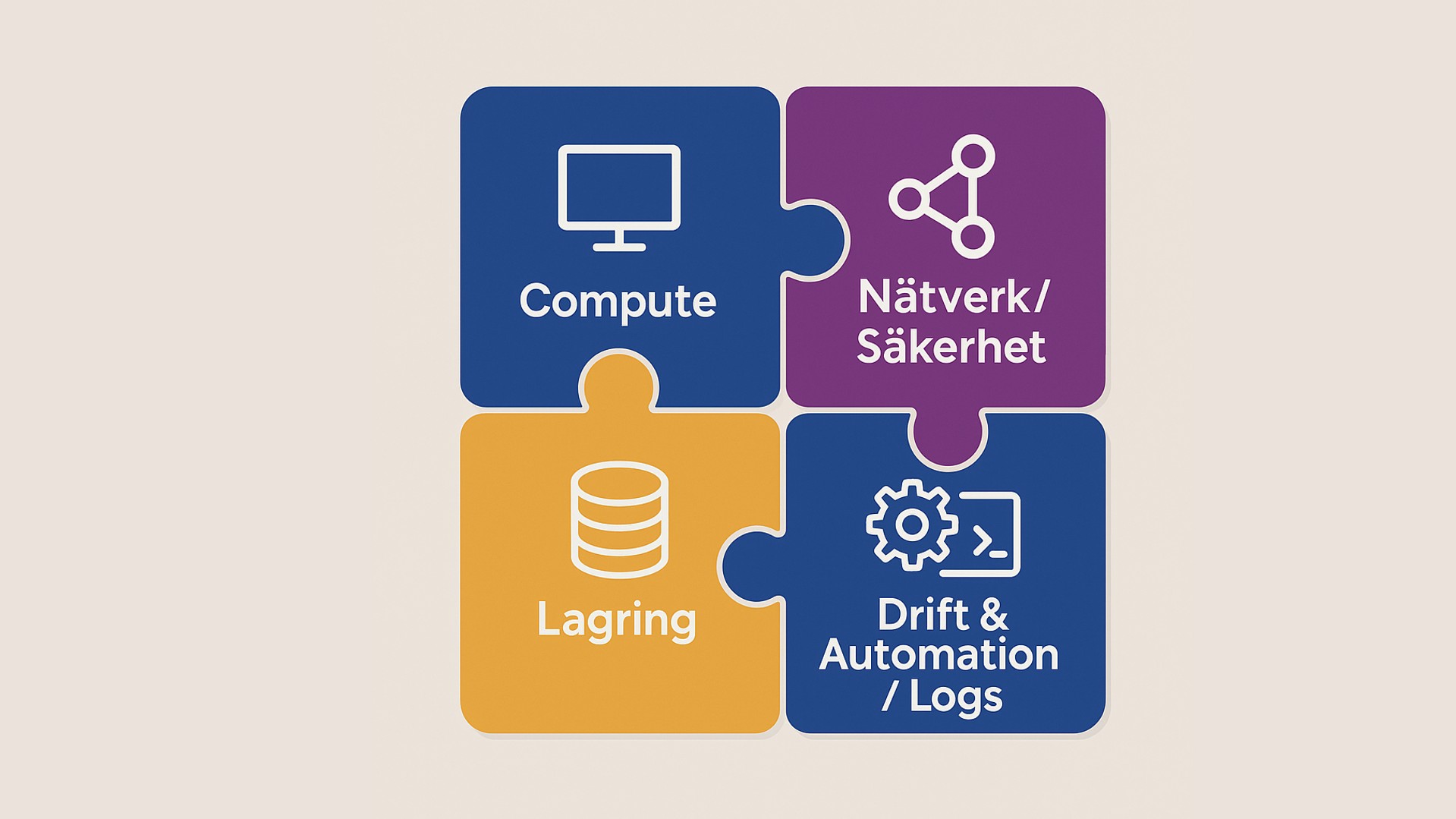Windows Internals - Security and Infrastructure Management

Att förstå interna OS-skyddsmekanismer och tjänster/roller inverkar mycket på hela infrastrukturens säkerhetsnivå. Under denna kurs behandlas ämnen som hjälper dig att gå i hackerns skor och utvärdera din infrastruktur ur deras synvinkel.
Säker infrastrukturkonfiguration bör vara den viktigaste försvarslinjen i varje organisation. Tyvärr är vi människor inte alltid medvetna om säkerhetsnivå, möjliga ingångspunkter, hur operativsystem attackeras och hur man skyddar infrastrukturen från framgångsrika attacker som ibland orsakas av konfigurationsfel.
Vi går igenom avancerade åtkomsträttigheter, lösenordsmekanismer, Windows Internals, PowerShell-användning i säkerhetssyfte, skapa obehörig åtkomst, avancerad DNS-konfiguration och vanliga konfigurationsfel, Active Directory-säkerhet, IIS-säkerhet, felsökning, avancerad övervakning och felsökning och mycket mer.
Målgrupp och förkunskaper
Kursen är framtagen för infrastrukturarkitekter, säkerhetsproffs, nätverksadministratörer, säkerhetskonsulter och andra som ansvarar för implementation av nätverks- och perimetersäkerhet.
För att hänga med i kursens tempo och tillgodogöra dig dess innehåll rekommenderar vi att du har en god praktisk erfarenhet av att administrera Windows-baserad infrastruktur.
För att alltid hålla en hög kvalitet på våra kurser använder vi både engelsk- och svensktalande experter som kursledare.
Detaljerad information
Kursmaterialet är på engelska, med detta innehåll:
Windows Internals & System Architecture
- Introduction to the Windows Client and Server security concepts
- Architecture overview and terms
- Key System Components
- Advanced Local Procedure Call
- Information gathering techniques
Process and Thread Management
- Process and thread internals
- Protected processes
- Process priority management
- Examining Thread Activity
- Process and thread monitoring and troubleshooting techniques (advanced usage of Process Explorer, Process Monitor, and other tools)
System Security Mechanisms
- Integrity Levels
- Session Zero
- Privileges, permissions and rights
- Passwords security (techniques for getting and cracking passwords)
- Registry Internals
- Monitoring Registry Activity
- Driver signing (Windows Driver Foundation)
- User Account Control Virtualization
- System Accounts and their functions
- Boot configuration
- Services architecture
- Access tokens
- Biometric framework for user authentication
Debugging & Auditing
- Available debuggers
- Working with symbols
- Windows Global Flags
- Process debugging
- Kernel-mode debugging
- User-mode debugging
- Setting up kernel debugging with a virtual machine as the target
- Debugging the boot process
- Crash dump analysis
- Direct Kernel Object Manipulation
- Finding hidden processes
- Rootkit Detection
Memory Analysis
- Memory acquisition techniques
- Finding data and activities in memory
- Step-by-step memory analysis techniques
- Tools and techniques to perform memory forensic
Storage Management
- Securing and monitoring Files and Folders
- Protecting Shared Files and Folders by Using Shadow Copies
- Implementing Storage Spaces
- Implementing iSCSI
- Implementing FSRM, managing Quotas, File Screens, and Storage Reports
- Implementing Classification and File Management Tasks, Dynamic Access Control
- Configuring and troubleshooting Distributed File System
Startup and Shutdown
- Boot Process overview
- BIOS Boot Sector and Bootmgr vs. the UEFI Boot Process
- Booting from iSCSI
- Smss, Csrss, and Wininit
- Last Known Good configuration
- Safe Mode capabilities
- Windows Recovery Environment (WinRE)
- Troubleshooting Boot and Startup Problems
Infrastructure Security Solutions
- Windows Server Core Improvements in later Windows Server versions
- AppLocker implementation scenarios
- Advanced BitLocker implementation techniques (provisioning, Standard User Rights and Network Unlock﴿
- Advanced Security Configuration Wizard
- IPSec
- Advanced GPO Management
- Practicing Diagnostic and Recovery Toolkit
- Tools
Layered Network Services
- Network sniffing techniques
- Fingerprinting techniques
- Enumeration techniques
- Networking Services Security (DNS, DHCP, SNMP, SMTP and other)
- Direct Access
- High Availability features: cluster improvements and SMB ﴾Scale – Out
- File Server)
- Network Load Balancing
Monitoring and Event Tracing
- Windows Diagnostic Infrastructure
- Building auditing
- Expression‐based audit policies
- Logging Activity for Accounts and processes
- Auditing tools, techniques and improvements
- Auditing removable storage devices
Points of Entry Analysis
- Offline access
- Kali Linux /other tools vs. Windows Security
- Unpatched Windows and assigned attacks
- Domain Controller attacks
- Man‐in‐the Middle attacks
- Services security
Relaterat innehåll


